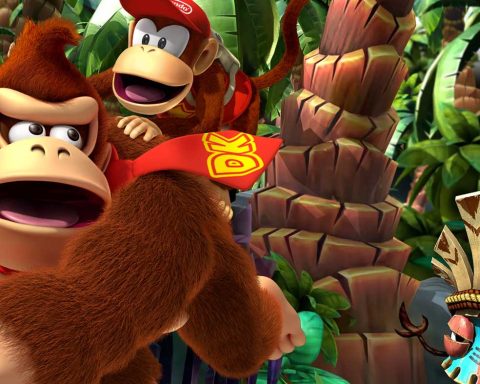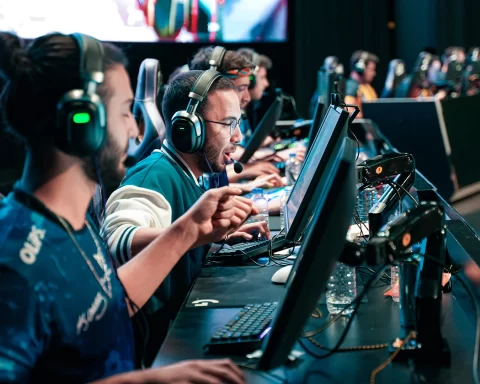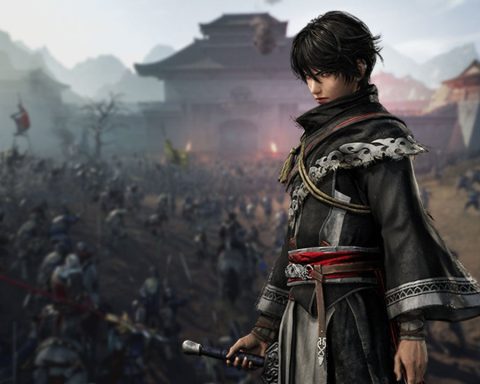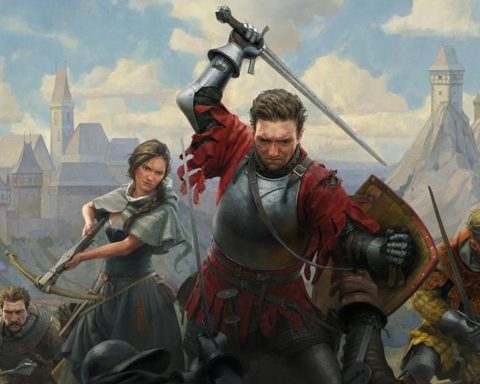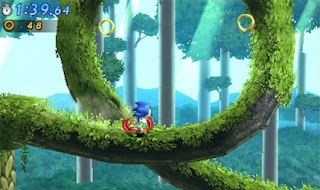 Sonic Generations on home consoles far exceeded the standards of the average anniversary game. Ironing out the kinks of Sega’s past efforts such as Sonic Unleashed and Sonic Colours, the game seamlessly rotated between 2D and 3D mechanics and transcended what could have been a cash-in nostalgia gimmick. Backed up by gorgeous visuals and one of the finest soundtracks in the entire franchise, it’s no wonder fans see the once-troubled hedgehog as on the rise.
Sonic Generations on home consoles far exceeded the standards of the average anniversary game. Ironing out the kinks of Sega’s past efforts such as Sonic Unleashed and Sonic Colours, the game seamlessly rotated between 2D and 3D mechanics and transcended what could have been a cash-in nostalgia gimmick. Backed up by gorgeous visuals and one of the finest soundtracks in the entire franchise, it’s no wonder fans see the once-troubled hedgehog as on the rise.
 If the developers were set on going this route, perhaps it would have been more appropriate to just mesh both gameplay styles together and pay homage to Sonic’s handheld history. It might not have had the same attraction for former fans but would have at least offered consistency.
If the developers were set on going this route, perhaps it would have been more appropriate to just mesh both gameplay styles together and pay homage to Sonic’s handheld history. It might not have had the same attraction for former fans but would have at least offered consistency.  It’s possible the limitation was imposed because the majority of Generations is heavily padded; fourteen short levels are inflated by excessive special stages, boss fights, and rival bouts. There are also additional modes such as online multiplayer but none are notably polished. Most great platformers are replayable ones and can justify retail price without excess material, but very little of the content here – main stages included – is appealing enough to warrant a return trip.
It’s possible the limitation was imposed because the majority of Generations is heavily padded; fourteen short levels are inflated by excessive special stages, boss fights, and rival bouts. There are also additional modes such as online multiplayer but none are notably polished. Most great platformers are replayable ones and can justify retail price without excess material, but very little of the content here – main stages included – is appealing enough to warrant a return trip.Technical Editor



